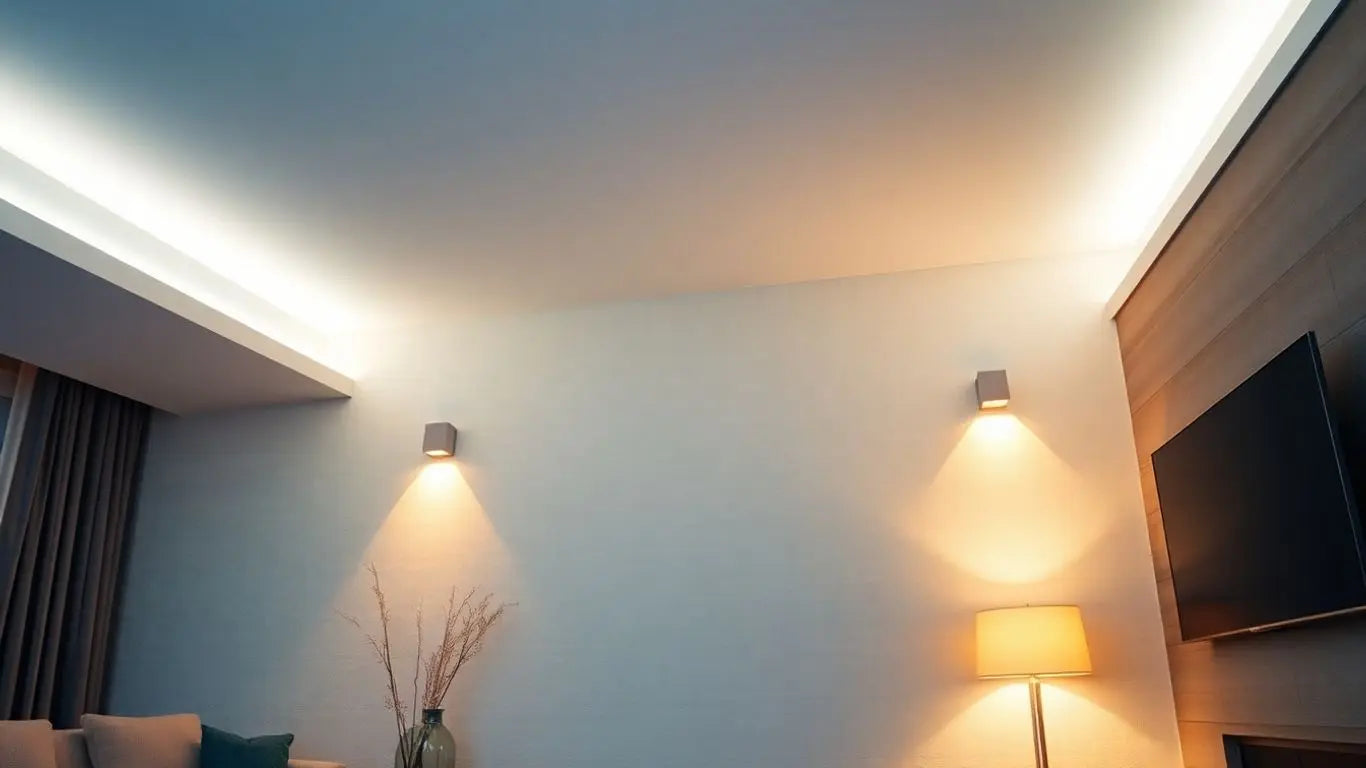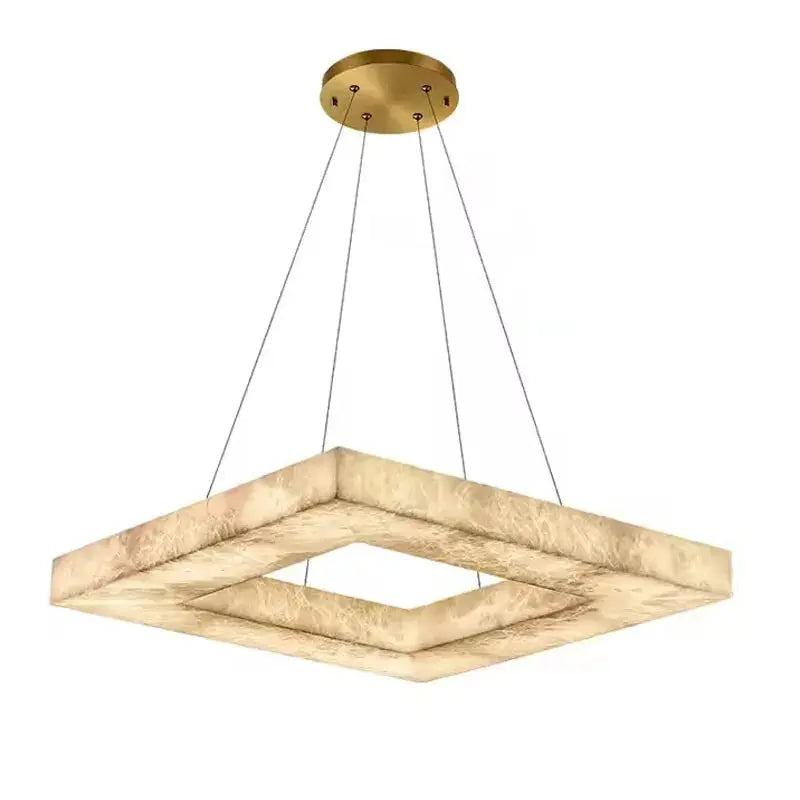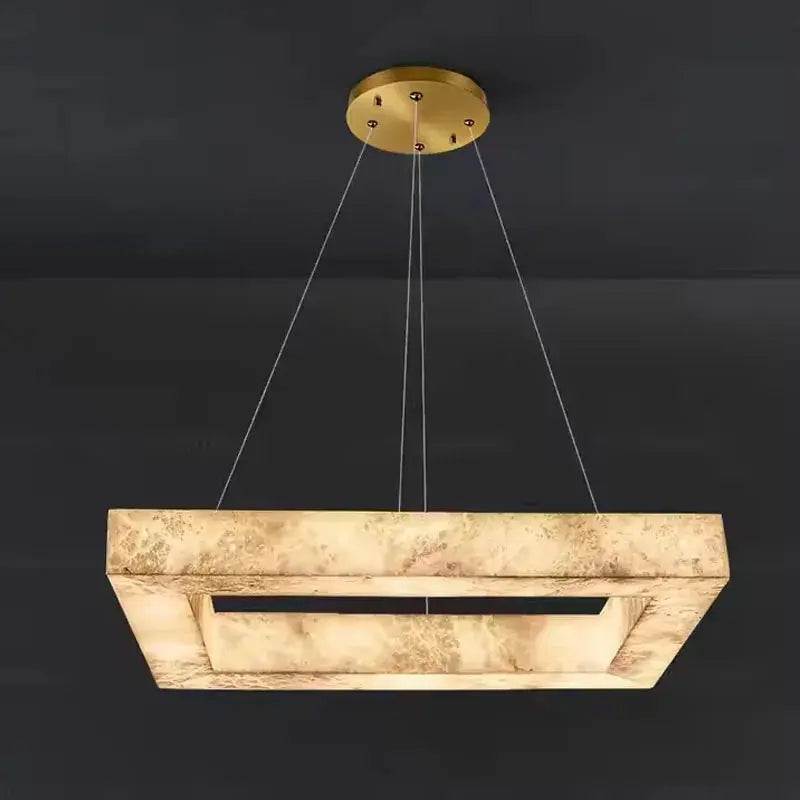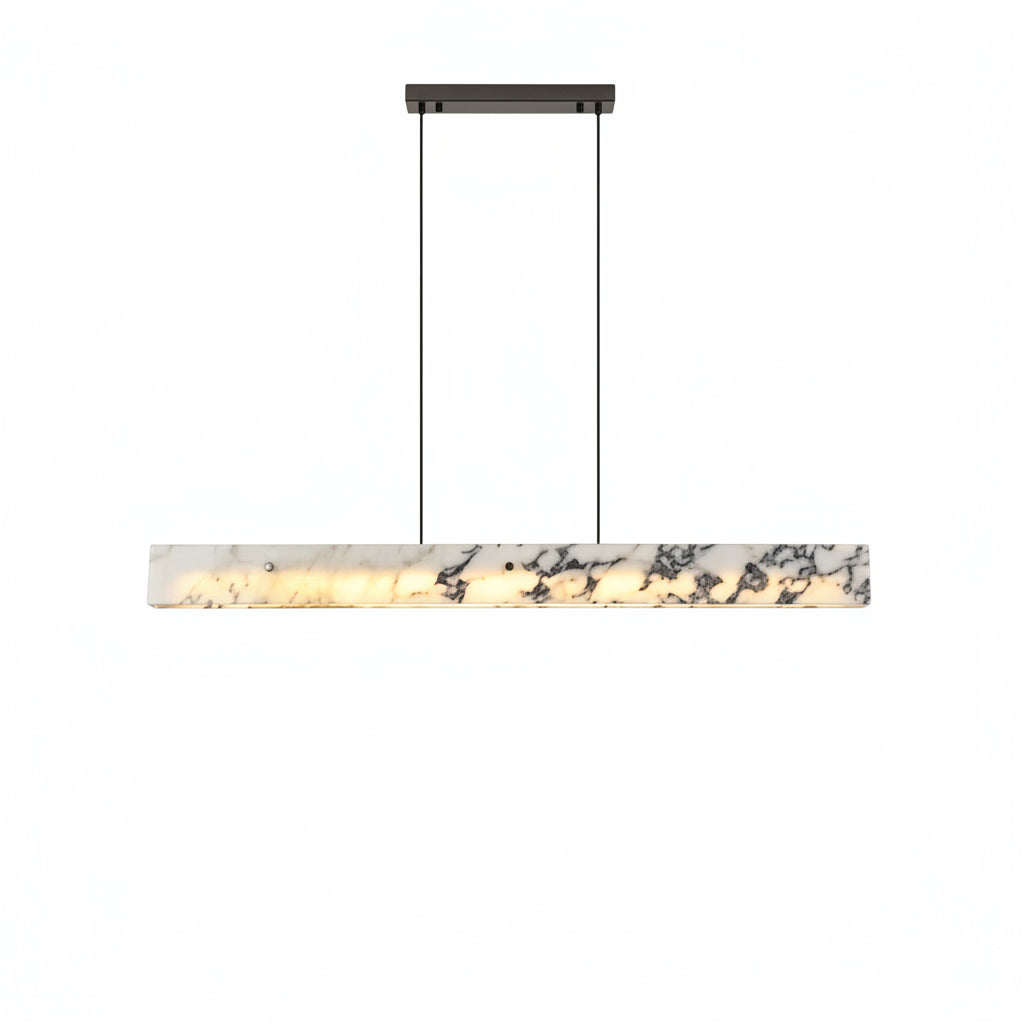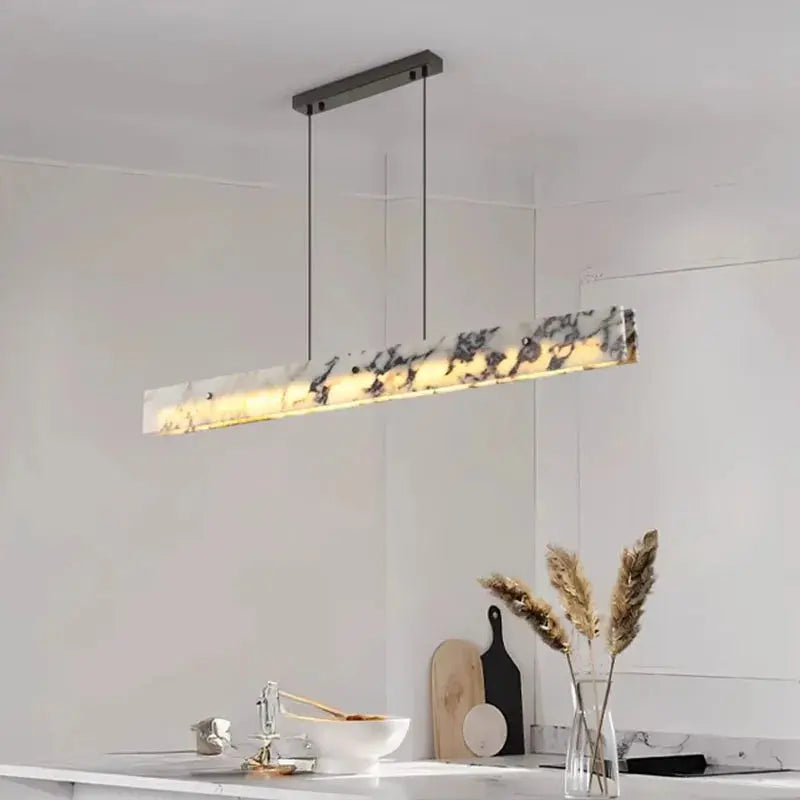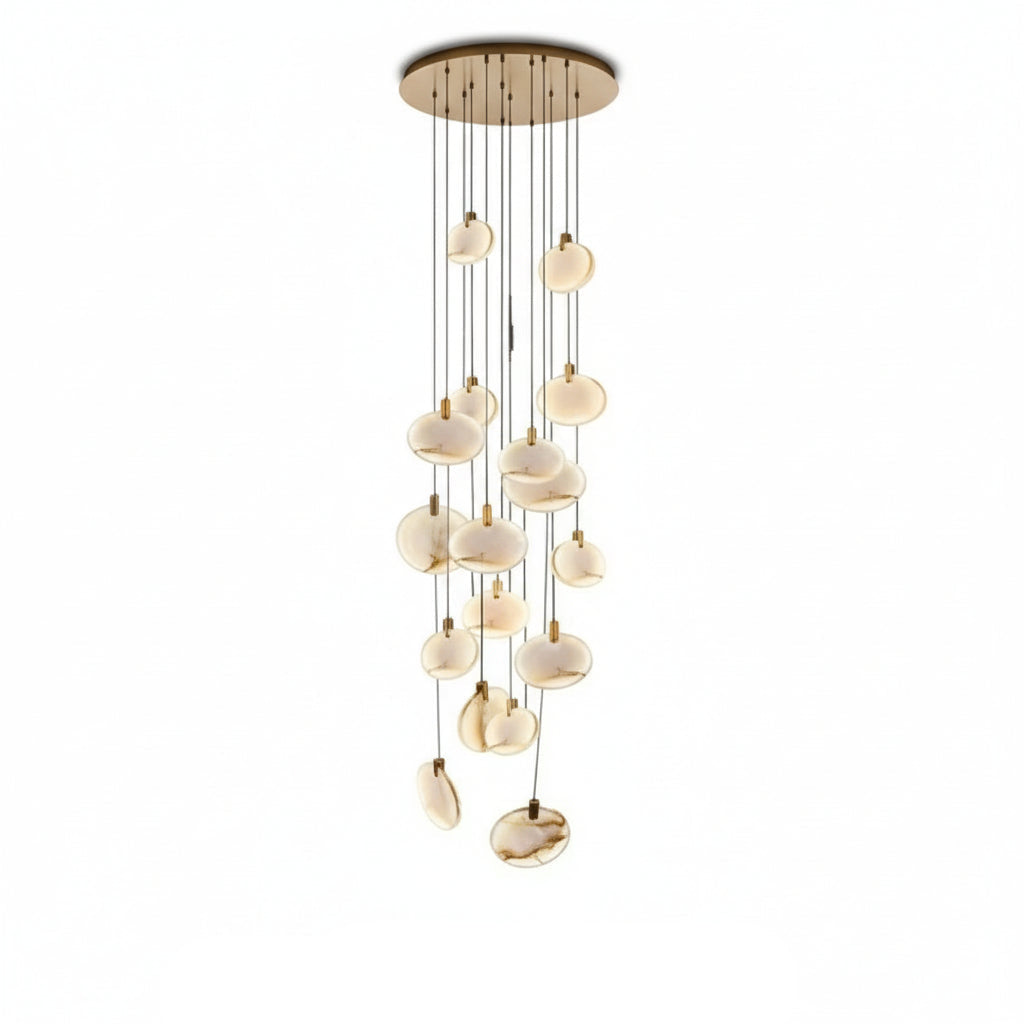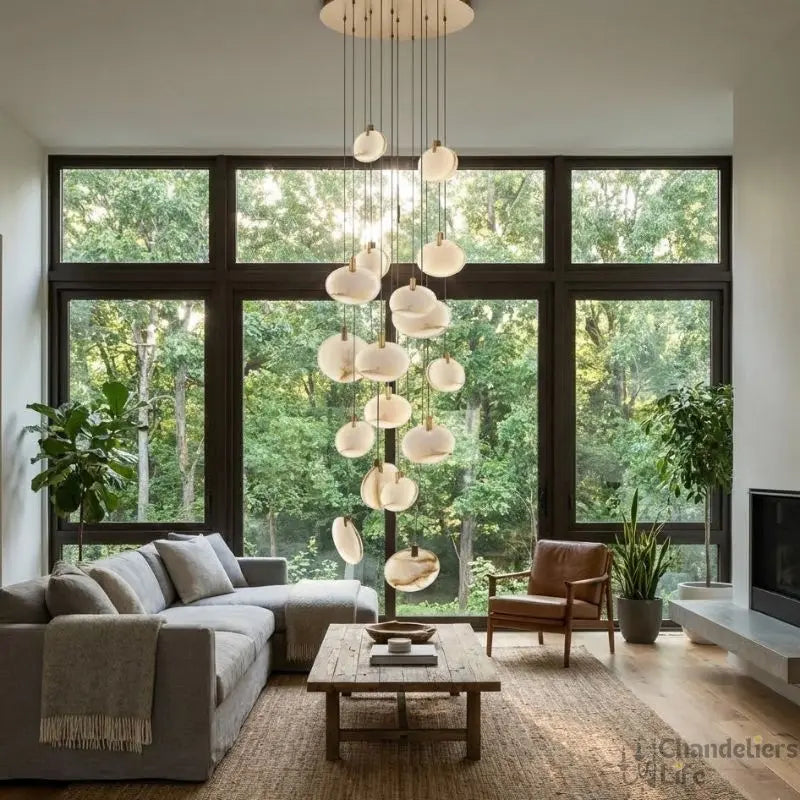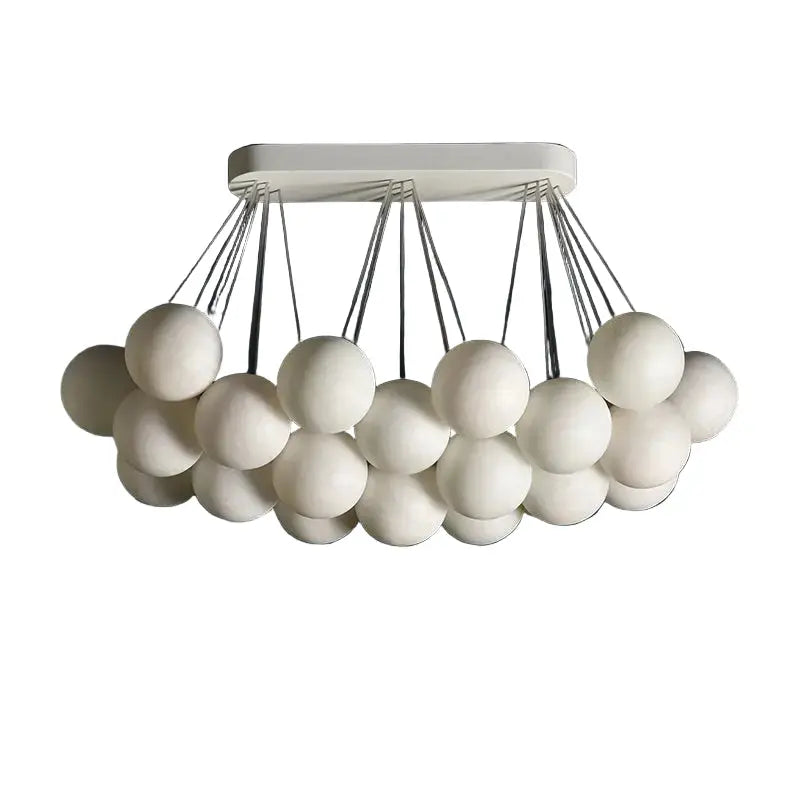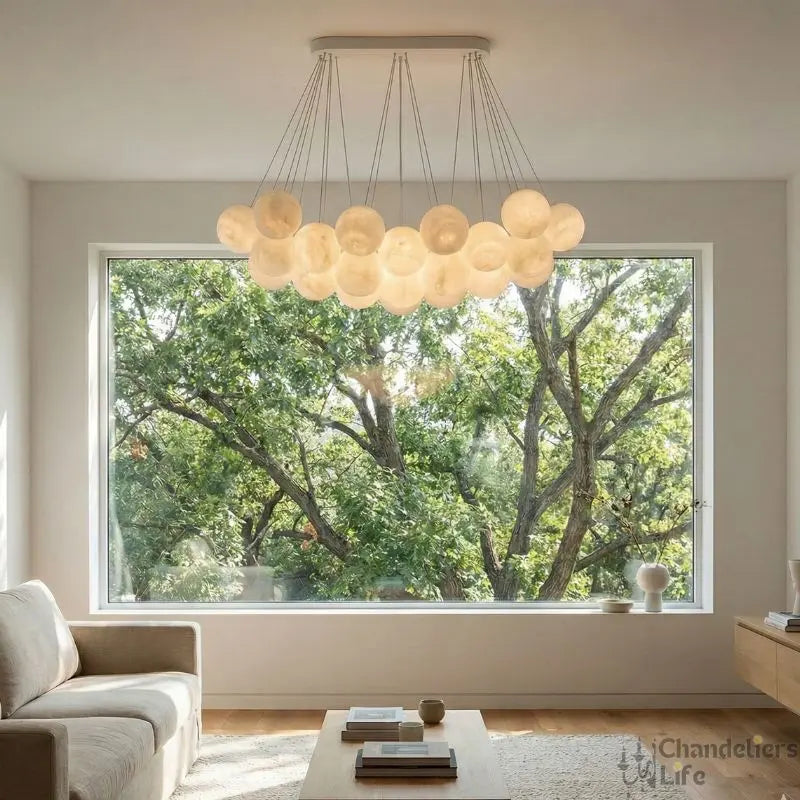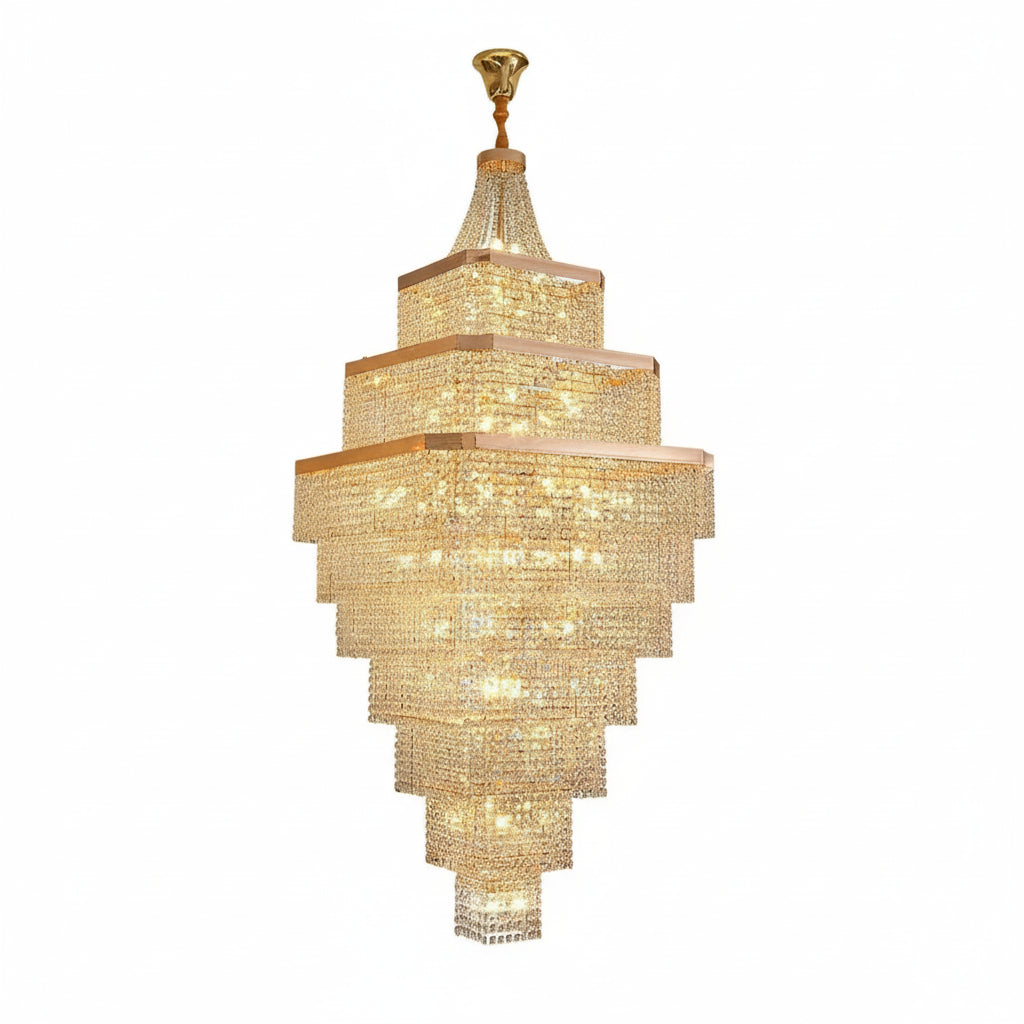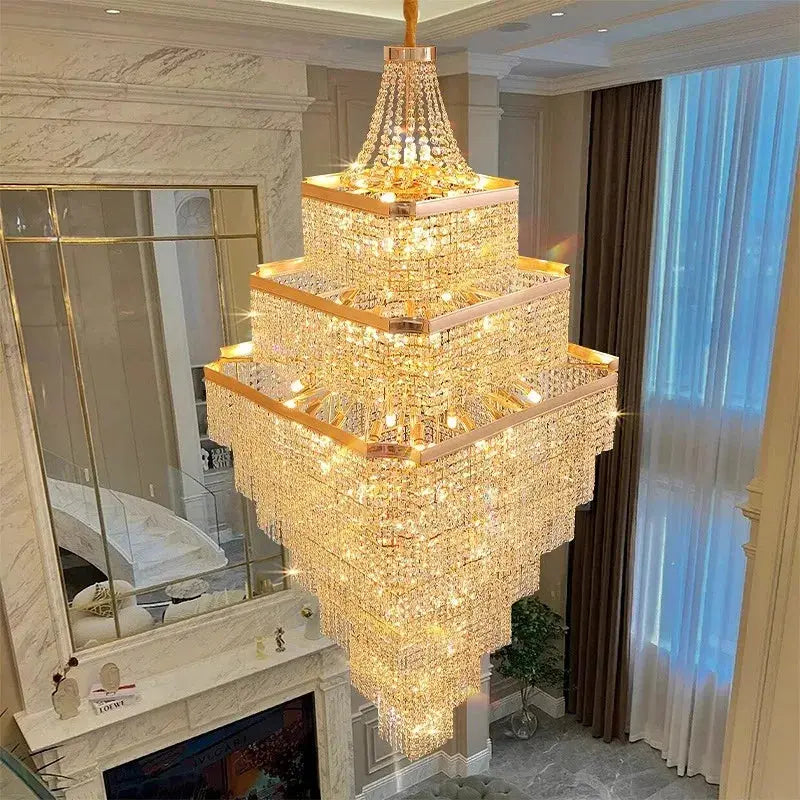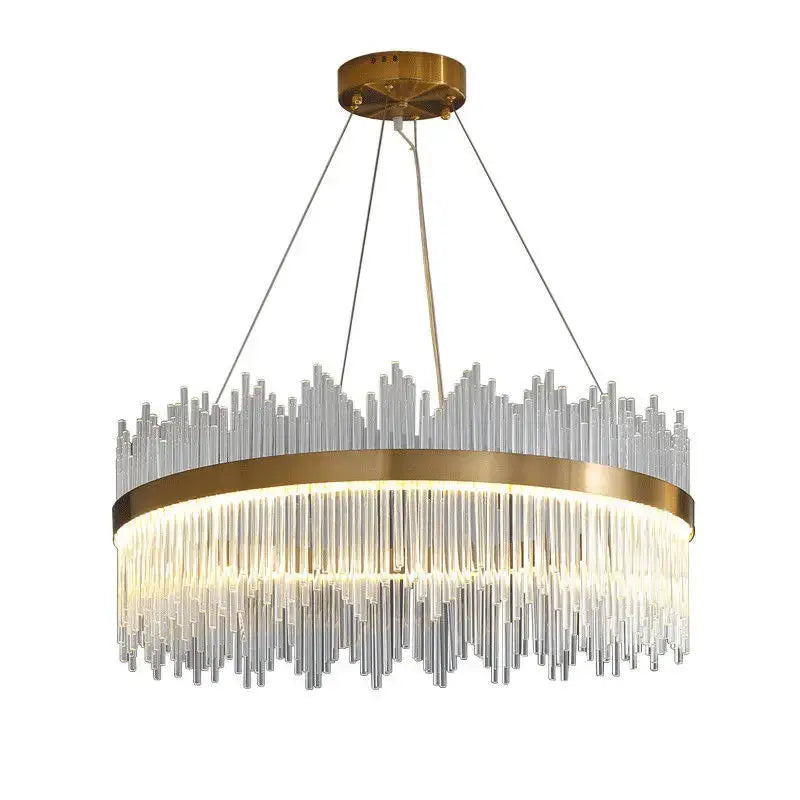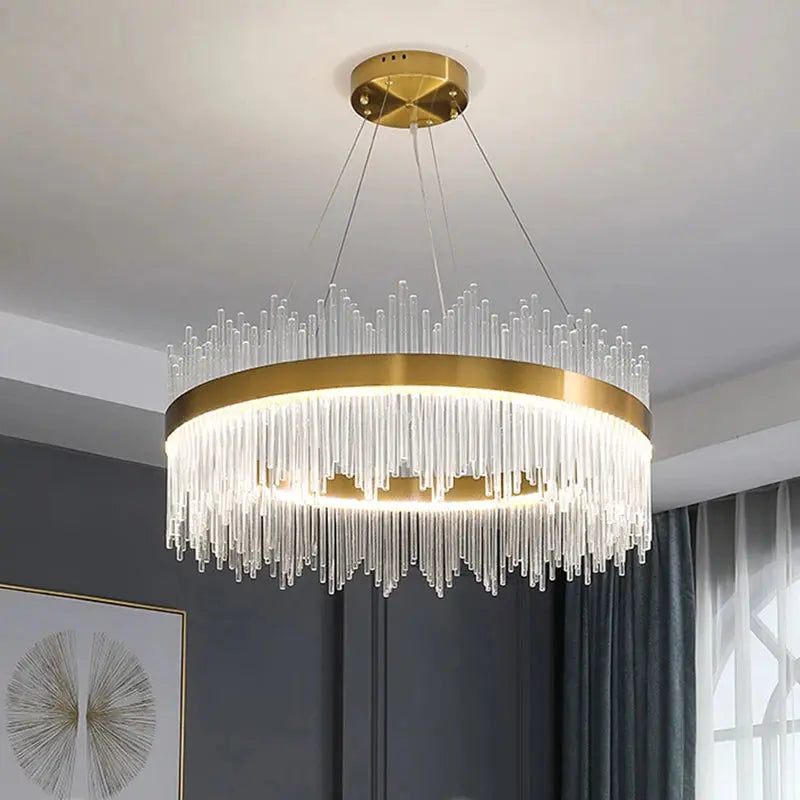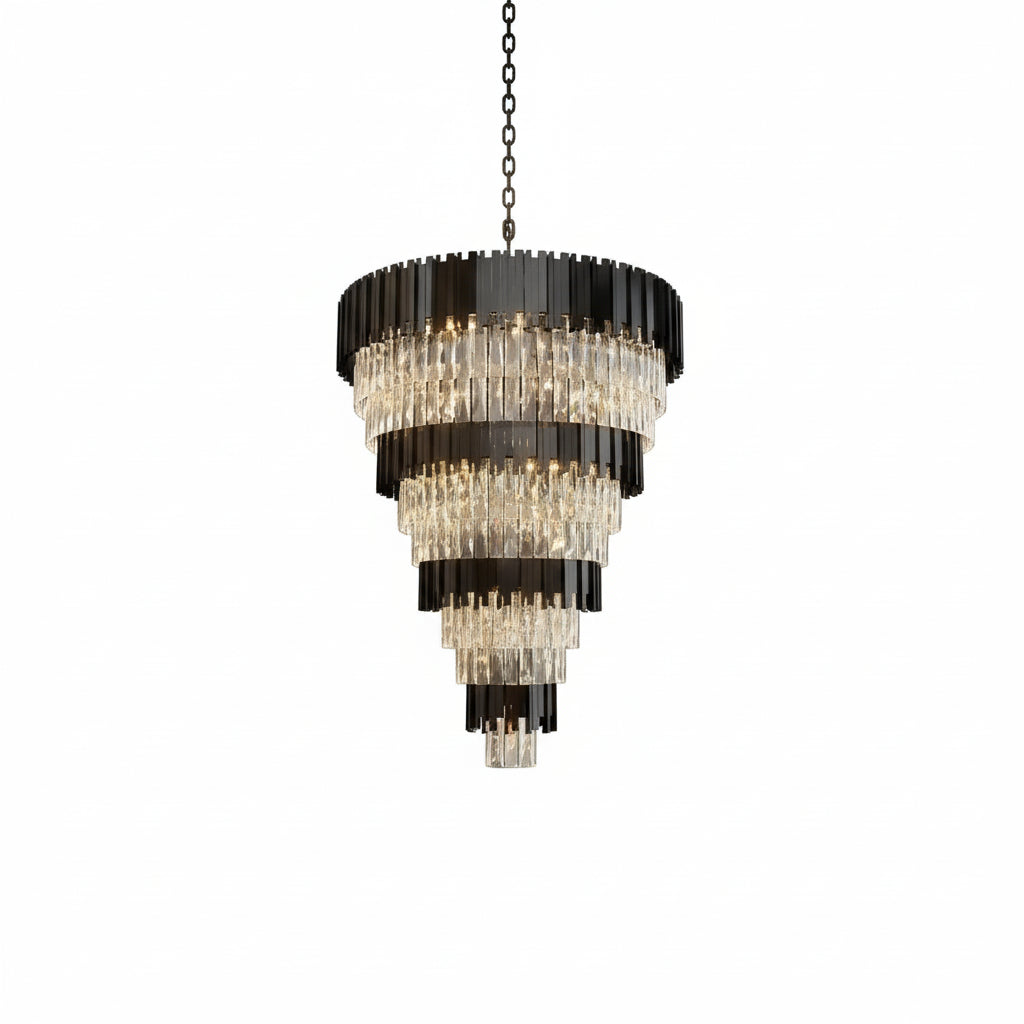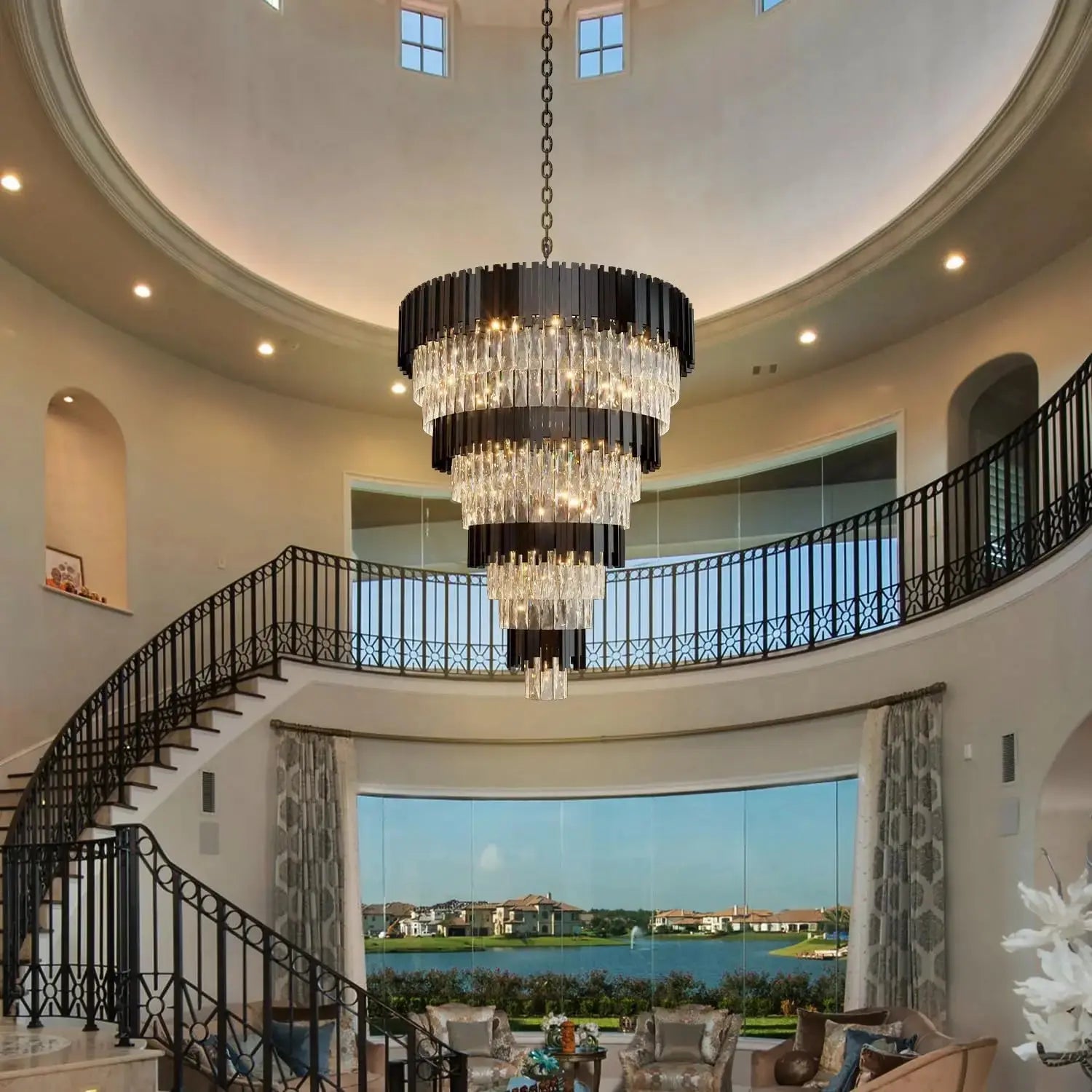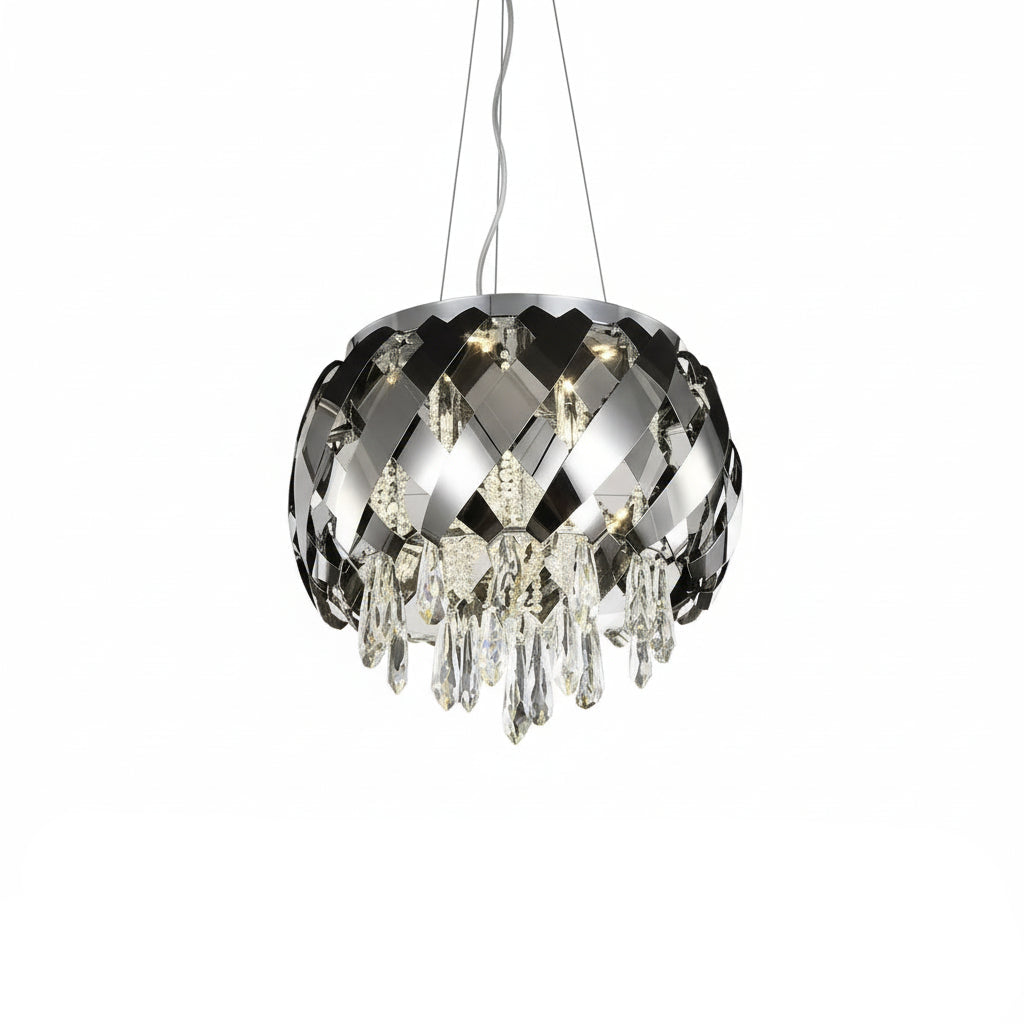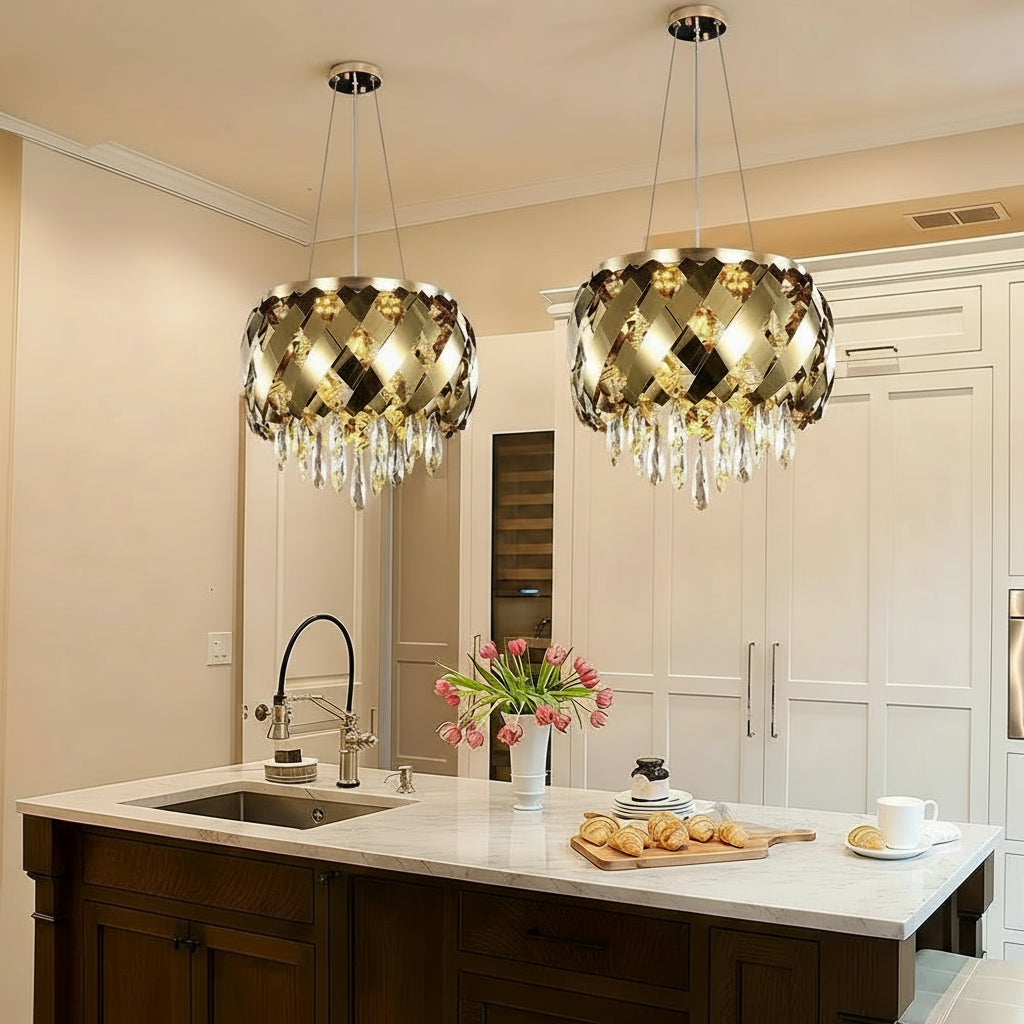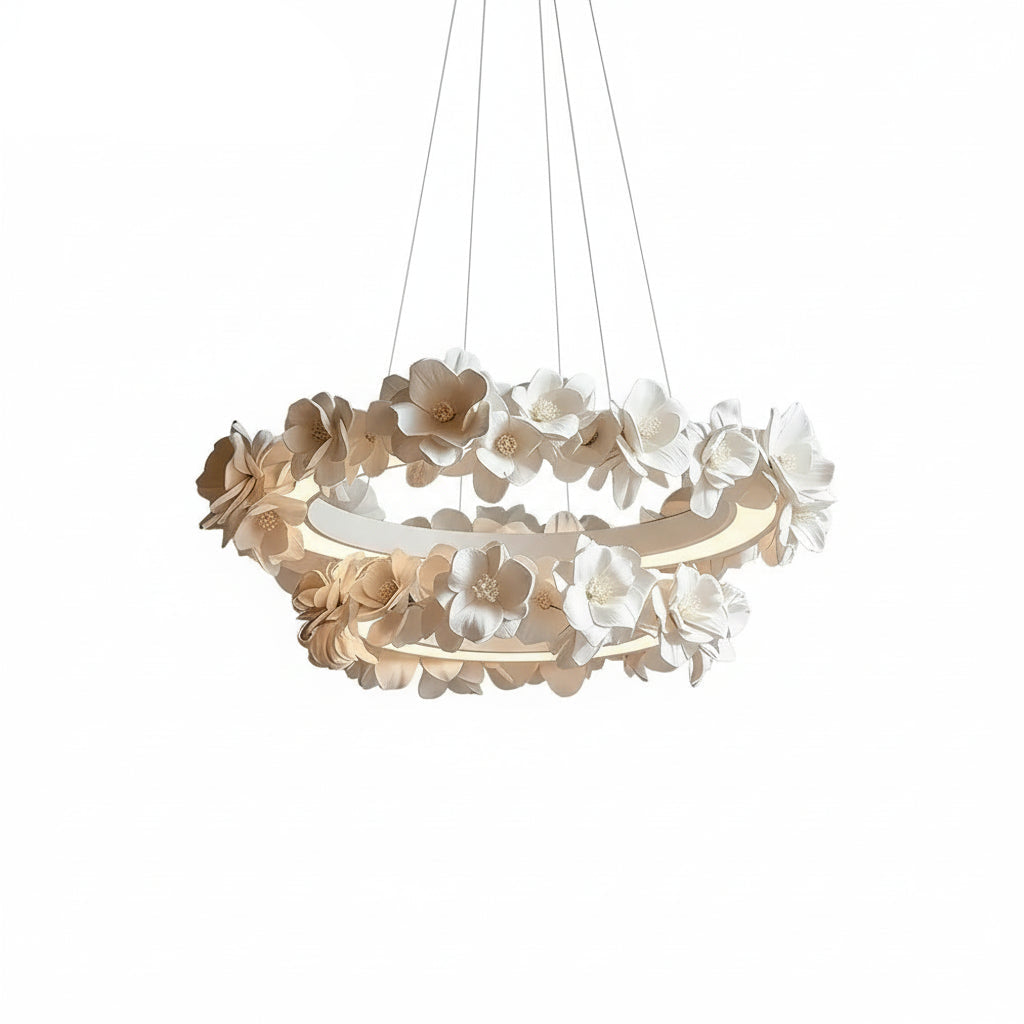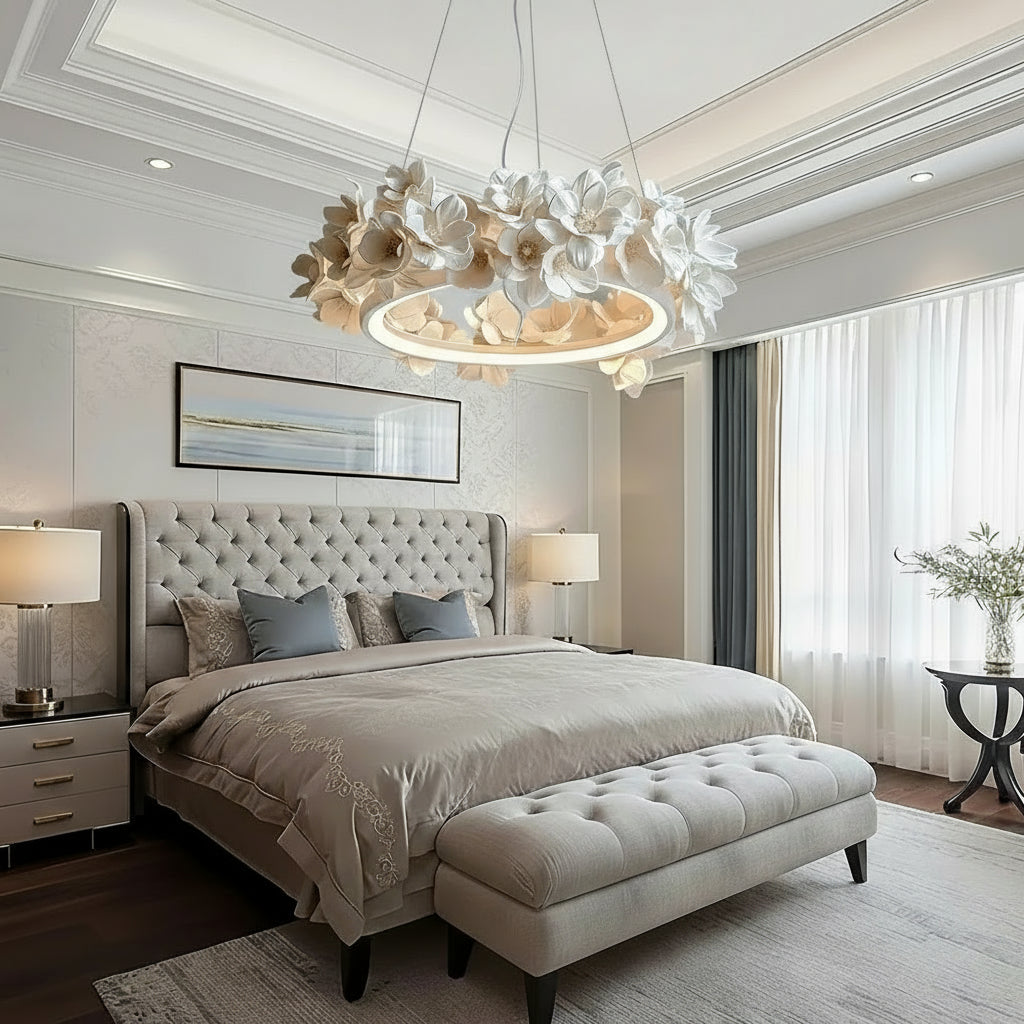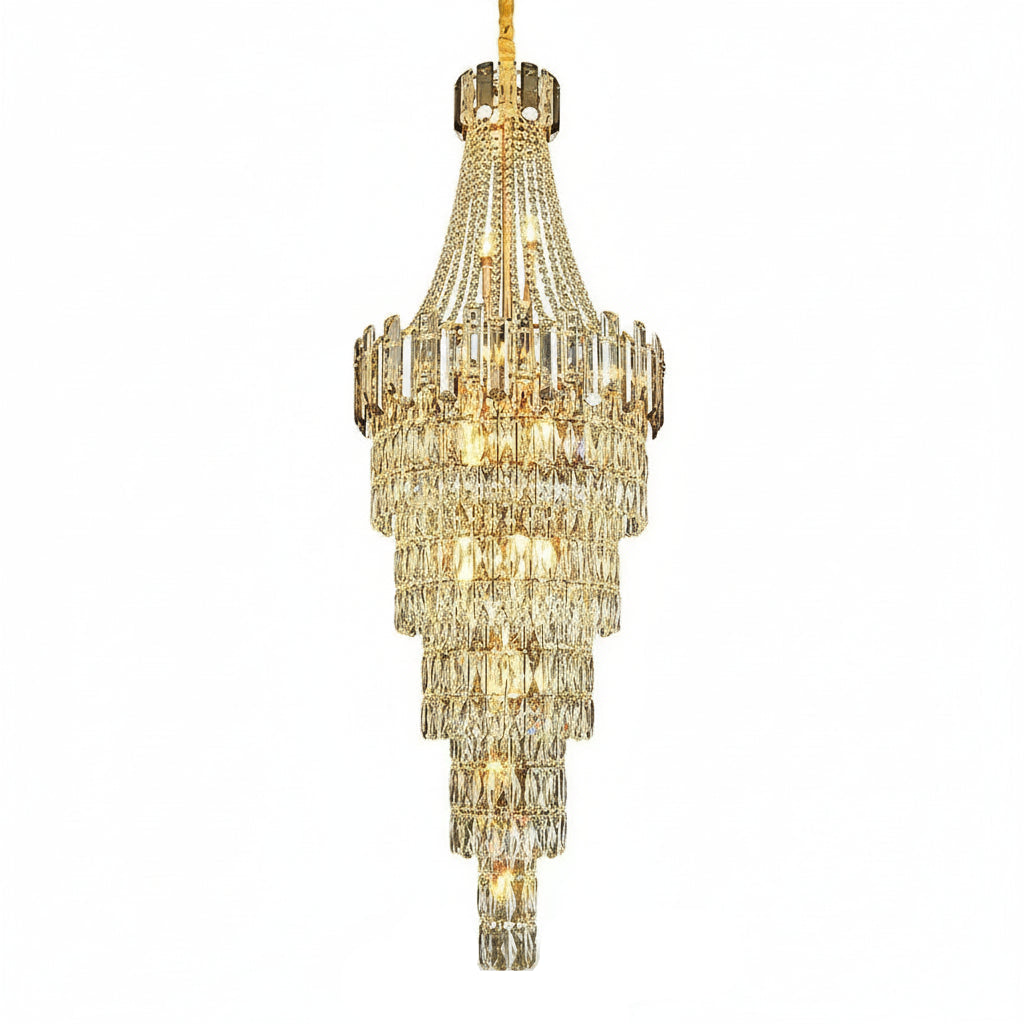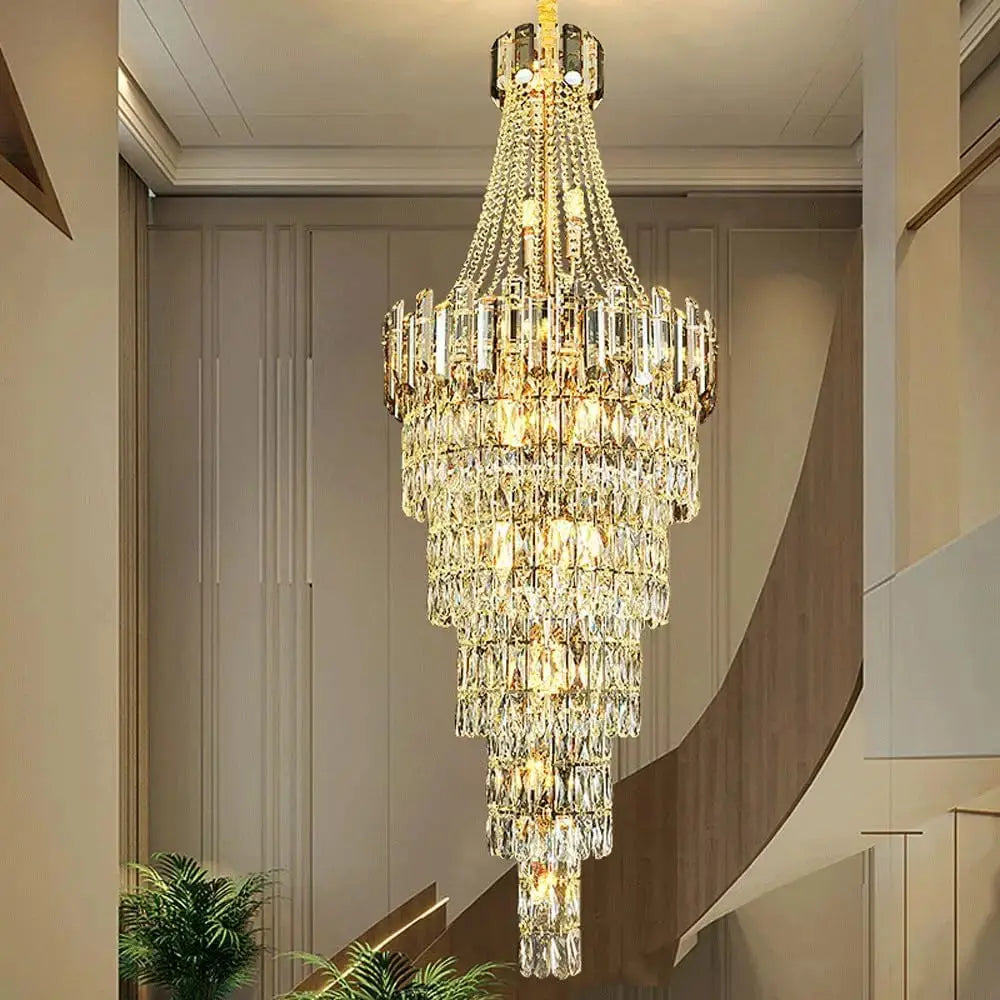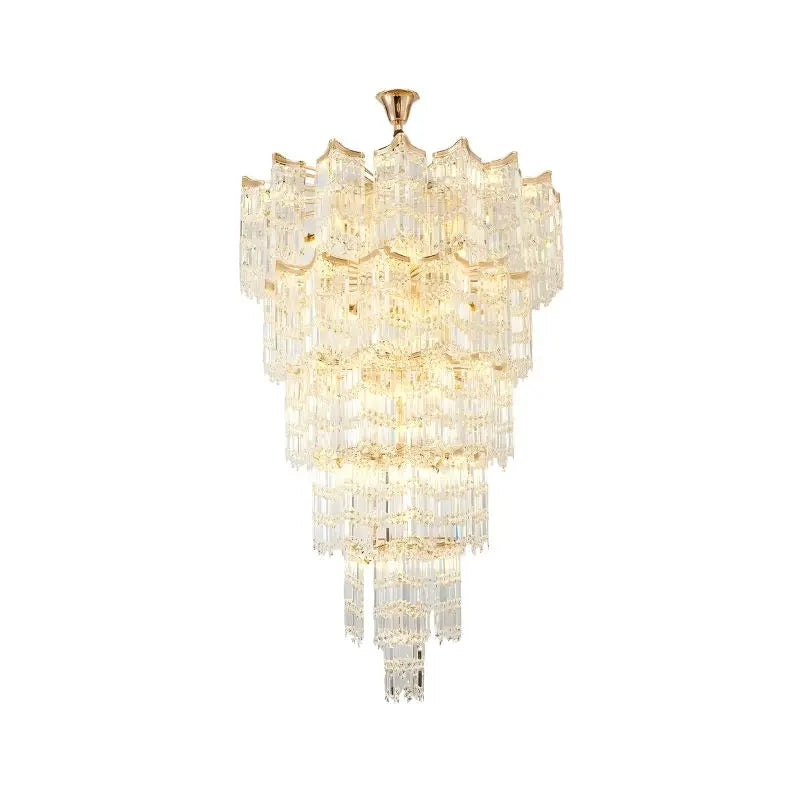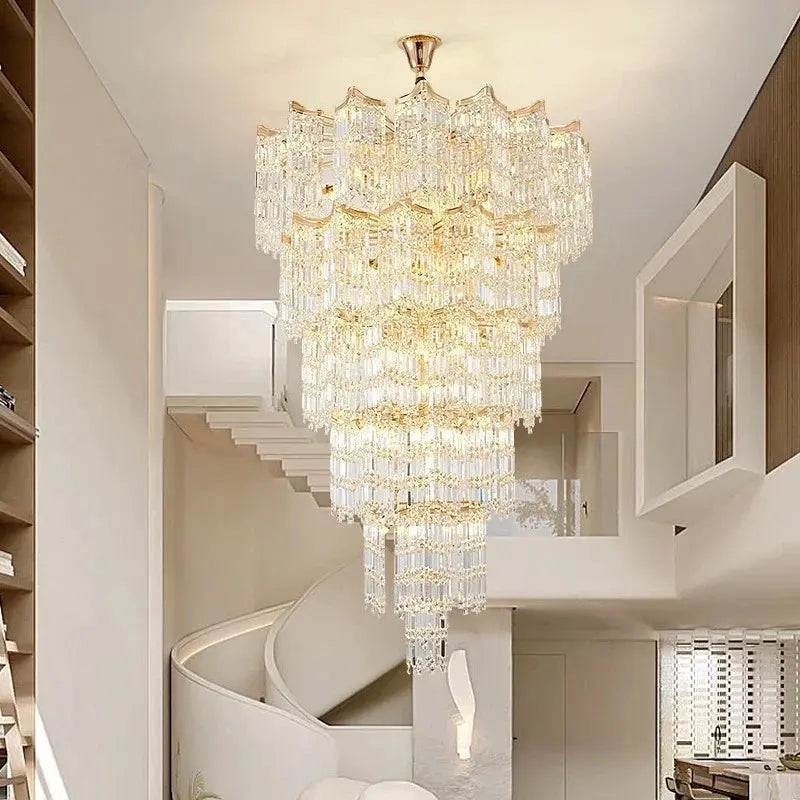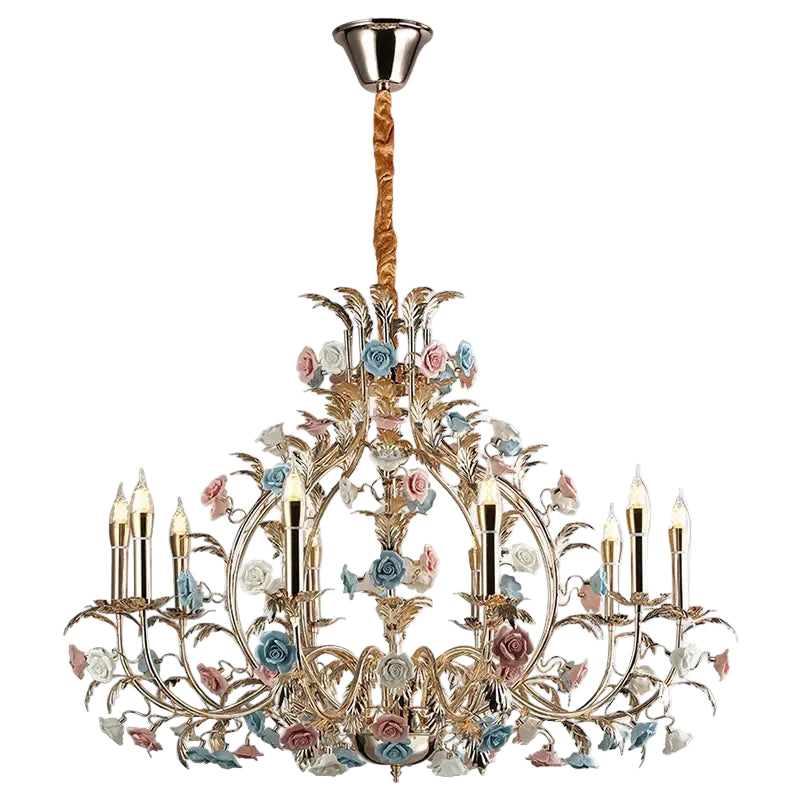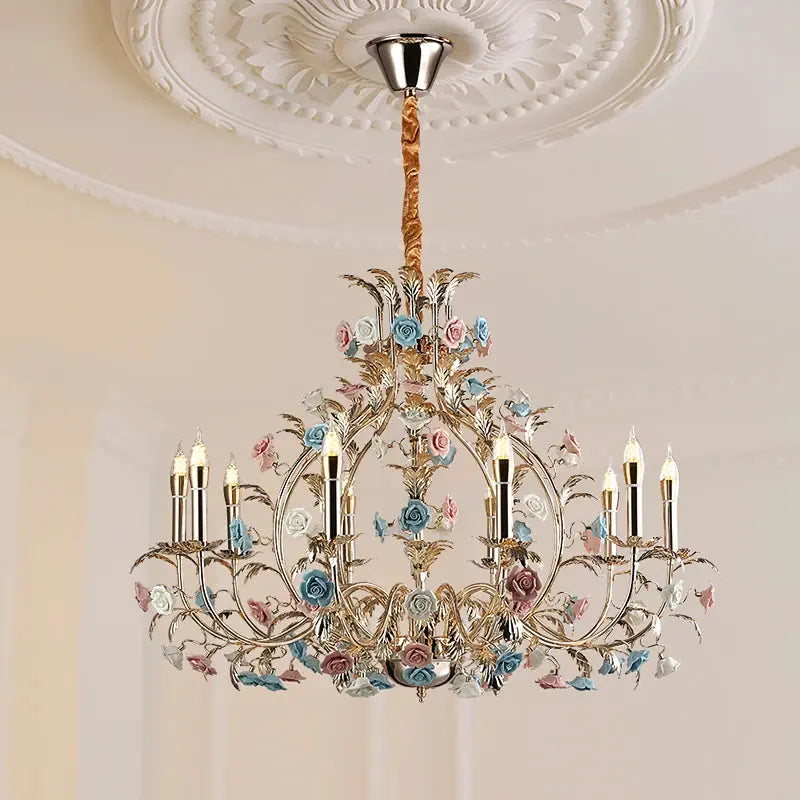Picking out the right LED wall mount lights can feel like a lot, right? You want something that looks good, works well, and doesn't cost a fortune to run. Whether you're trying to light up your porch for safety, add some mood to your living room, or just need a reliable light for the hallway, there are tons of options out there. We'll look at some of the popular choices and what to keep an eye out for so you can find the best fit for your space. It’s not just about brightness; it’s about making your home feel right.
Key Takeaways
- Energy efficiency is a big deal with LED wall mount lights, meaning they use less power and can save you money on electricity bills over time.
- When choosing outdoor LED wall mount lights, look for weather-resistant features like high IP ratings and durable materials to ensure they last.
- Different types of LED wall mount lights, like wall packs, porch lights, and barn lights, serve distinct purposes and offer varied aesthetics.
- Consider smart and motion-sensor LED wall mount lights for added convenience, security, and energy savings.
- Materials such as stainless steel, aluminum, and high-quality plastics, along with warranty coverage and replaceable components, are important factors for longevity and value.
Energy Efficiency
When you're looking at LED wall lights, one of the biggest draws is how much energy they save. Seriously, these things sip power compared to those old incandescent bulbs. It's not just about saving a few bucks on your electricity bill, though that's a nice perk. It's also about being a bit kinder to the planet. LEDs are designed to turn more electricity into light and less into wasted heat.
Think about it: an LED can use up to 80% less energy than an old-school bulb for the same amount of light. Plus, they last way, way longer. We're talking potentially 25,000 hours or more. That means fewer trips up a ladder to swap out a bulb and less waste heading to the landfill.
To really get the most bang for your buck and be as eco-friendly as possible, pay attention to a couple of things:
- Energy Rating: Look for fixtures with a good energy rating. Higher ratings mean they're more efficient.
- Lumens per Watt (lm/W): This tells you how much light you get for the power used. More lumens per watt means a brighter light for less energy.
Choosing efficient lighting is a smart move for both your wallet and the environment. It's a simple change that adds up over time, making your home brighter and your energy use lighter.
Weather-Resistant Features
When you're picking out LED wall lights, especially for outside, you really need to think about how they'll hold up against the weather. Nobody wants lights that quit after the first big storm or a few humid months, right? That's why looking for specific weather-resistant features is super important.
First off, check the IP rating. This is basically a code that tells you how well the fixture is protected against things like dust and water. For outdoor use, you'll generally want to aim for at least an IP65 rating. This means it's pretty well sealed against dust and can handle water jets, so rain shouldn't be a problem. It's a good indicator that the light is built to last outside.
| Feature | Description |
|---|---|
| IP Rating | Indicates protection against dust and water ingress (e.g., IP65 recommended). |
| Material Quality | Corrosion-resistant materials like aluminum, stainless steel, or tough plastics. |
| Sealing | Gaskets and seals to prevent moisture from entering the fixture. |
| Finish | Protective coatings that resist UV rays and corrosion. |
Beyond the IP rating, the materials themselves matter a lot. You'll see a lot of lights made from aluminum, often with a powder-coated finish. This coating helps prevent rust and fading. Stainless steel is another solid choice, though it can sometimes be a bit pricier. Even high-quality plastics can be a good option if they're designed for outdoor use, as they won't corrode like some metals might. Basically, you want materials that won't break down or look terrible after being exposed to sun, rain, and temperature changes.
Think about it like this: these lights are going to be out there, day in and day out, taking a beating from the elements. Choosing ones that are built tough means you won't be replacing them every year. It's a small detail that makes a big difference in the long run, saving you hassle and money.
Wall Pack Lights
When you need serious illumination for the outside of a building, wall pack lights are often the go-to solution. These fixtures are built tough, designed to handle whatever the weather throws at them, which is pretty important if you're mounting them on an exterior wall. They're really good at casting a wide, bright light, making them super useful for security purposes around commercial buildings, warehouses, or even just your own home if you want to light up a large area.
Think of them as the workhorses of outdoor lighting. They're not usually about fancy design, but more about function and reliability. You'll often see them in places where visibility and safety are key.
- Durability: Built to withstand rain, snow, and temperature changes.
- Wide Coverage: Excellent for lighting up large areas like parking lots or building perimeters.
- Security: Their bright, broad light helps deter potential intruders.
- Low Maintenance: Generally require little upkeep once installed.
These lights are a solid choice for anyone prioritizing robust, dependable exterior lighting.
Wall pack lights are a practical choice for areas needing consistent, broad illumination. Their rugged construction means they can stand up to the elements, providing reliable light year after year. They're a smart investment for enhancing safety and visibility around your property.
Porch Lights
When you're thinking about lighting up your entryway, porch lights are a pretty solid choice. They do more than just light up the steps; they really set the tone for your whole place before anyone even steps inside. A well-lit porch makes a house feel more welcoming and can also boost security.
These lights are designed to be practical, offering enough brightness so people can see where they're going, whether it's you coming home late or a guest arriving. Many of them come with extra features that are super handy. Think about lights that have built-in motion sensors – they turn on automatically when someone walks by, which is great for scaring off critters or just making sure you don't have to fumble for a switch in the dark. Others have photocells, meaning they'll switch on when it gets dark and turn off when the sun comes up, saving you energy without you having to lift a finger.
When picking out porch lights, you'll find a bunch of styles. Some have a more traditional look, maybe with a lantern-style design, while others are sleek and modern. It's worth considering the material too. Things like aluminum or stainless steel tend to hold up better against the weather over time compared to some plastics.
Here are a few things to keep in mind:
- Brightness (Lumens): You want enough light to see clearly, but not so much that it's blinding. Look for a range that feels comfortable for your entryway.
- Color Temperature: Warmer tones (around 2700K-3000K) often feel more inviting for a porch, while cooler tones might feel a bit stark.
- Durability: Since they're outside, make sure they can handle rain, sun, and maybe even snow. Check for good weather resistance ratings.
- Style: Pick something that matches the overall look of your house.
Choosing the right porch light is a small detail that makes a big difference in how your home feels and how safe your entrance is. It's one of those things that adds both function and a bit of curb appeal without being overly complicated.
Barn Lights
Barn lights bring a classic, rustic feel to any outdoor space. They're a popular choice for a reason – they look good and they work well. Think of that traditional look you see on old farmhouses or in country-style yards. These fixtures often have a distinctive dome or cone shape, designed to direct light downwards.
They're great for illuminating areas like porches, patios, garages, or even just pathways around your property. While they have a vintage vibe, modern LED versions offer all the benefits of current lighting tech. This means you get good brightness, energy savings, and they're built to last.
When picking out barn lights, consider a few things:
- Size: Make sure the light fits the scale of the area you're lighting. A tiny light on a big wall can look lost, and a huge one might be too much.
- Finish: Common finishes include black, bronze, or brushed nickel. Pick one that matches your home's exterior style.
- Brightness (Lumens): Decide how much light you need. A porch might need less than a driveway.
- Color Temperature: Warmer tones (around 2700K-3000K) tend to feel more inviting for residential areas, while cooler tones might be better for utility spaces.
Barn lights are more than just a light source; they're a design element that can really add character to your home's exterior. They blend that timeless aesthetic with practical, modern lighting performance.
LED Cut Off Lights
LED cut-off lights are designed with a specific purpose: to direct light exactly where it's needed and nowhere else. Think of them like a focused beam, rather than a floodlight that spreads light everywhere. They achieve this with a shield or a cover built right into the fixture. This stops light from spilling upwards or sideways, which is super helpful.
Why is this important? Well, it helps cut down on light pollution, which is a big deal for keeping our night skies dark. Plus, it means you're not wasting energy lighting up areas that don't need it. These lights are often used in places like parking lots, along streets, or on sidewalks where you want clear, directed illumination without blinding people or wasting light.
Here's a quick rundown of where you'll commonly find them:
- Parking Lots: To light up parking spaces and walkways effectively.
- Street Lighting: To illuminate roads and sidewalks without causing glare for drivers or residents.
- Commercial Exteriors: For security lighting around buildings where focused light is needed.
- Pathways: To guide people safely without lighting up the surrounding landscape unnecessarily.
Using cut-off lights is a smart way to get good lighting while being mindful of your surroundings and energy use. It's all about putting the light where it counts.
Dark Sky Down Lights

When you're looking to light up the outside of your home or a business, it's not just about brightness. You also have to think about where that light is going. That's where dark sky down lights come in. These fixtures are designed specifically to point light downwards, where you need it, like on pathways or building entrances. This helps cut down on light pollution, which is a big deal for preserving the night sky. Plus, many places have rules about light pollution, so using these can help you stay compliant. They're great for illuminating walkways, steps, or even just the side of your house without sending light up into the sky where it's not needed.
- Directs light downwards: This is their main job, reducing upward glare.
- Minimizes light pollution: Helps keep the night sky dark.
- Improves visibility: Lights up areas like paths and entrances effectively.
- Meets regulations: Often required in areas concerned with light pollution.
Choosing dark sky down lights means you're being thoughtful about your lighting. It's about making sure your space is well-lit for safety and convenience, but also being a good neighbor to the environment and the stars above. They're a smart choice for anyone who cares about reducing wasted energy and preserving the natural beauty of the night.
Large Shoebox Floodlights
When you need to light up a big area, like a parking lot or a large yard, these are the lights you want. Large shoebox floodlights, often called shoebox lights, are built to throw a lot of light over a wide space. They're really good for making sure places are well-lit, which helps with safety and security.
These lights are super versatile. You can mount them on walls, poles, or even other structures. Because they're designed to cover a lot of ground, they're a popular choice for businesses, public spaces, and even large residential properties that need serious illumination.
Here's a quick look at what makes them stand out:
- Powerful Illumination: They pack a punch, lighting up large areas effectively.
- Adjustable Mounting: Most come with options to angle the light just right.
- Durability: Built tough to handle outdoor conditions.
- Security Boost: Brightly lit areas deter unwanted activity.
They're especially useful for areas where visibility is key, like entrances, pathways, and any spot where you want to feel more secure after dark.
Think of them as the workhorses of outdoor lighting. They might not be the fanciest, but when it comes to getting the job done and lighting up a big space, they're hard to beat. They often come in different color temperatures, too, so you can pick what looks best or works best for your needs.
Modern Wall Lights
When you're going for a more current look in your home, modern wall lights are definitely the way to go. These fixtures really focus on clean lines and simple shapes, often using materials like brushed metal, polished chrome, or even matte black finishes. They're not just about looking good, though; they're also super functional. Think about how they can add a bit of polish to a hallway or provide just the right amount of light in a living room without being too much. They blend style and purpose perfectly.
What's great about modern wall lights is their versatility. You can find them in all sorts of designs, from minimalist sconces that hug the wall to more sculptural pieces that act as art in themselves. They're a fantastic way to update a space without a huge renovation.
Here are a few things to consider when picking modern wall lights:
- Form: Look for geometric shapes, straight lines, and uncluttered designs.
- Materials: Matte black, brushed nickel, brass, and chrome are common and give that contemporary feel.
- Light Quality: Many modern fixtures use integrated LEDs, offering efficient and often dimmable light. Consider the color temperature to match your room's mood.
- Placement: Think about where you need light – is it for general ambiance, task lighting, or highlighting a specific feature?
Choosing modern wall lights is about more than just illumination; it's about adding a sophisticated touch that complements your home's current aesthetic. They can make a space feel more intentional and put-together, even if they're just simple sconces by the door.
Bathroom Wall Lighting
When it comes to lighting up your bathroom, it's not just about making the space bright; it's about getting the light right where you need it. Think about tasks like shaving or applying makeup – you want to see clearly without weird shadows. Vertical sconces on either side of the mirror are a game-changer for this. They cast an even light on your face, making everything look natural. Bar lights placed above the mirror are also a solid choice for broad, consistent illumination.
It's a good idea to avoid a single, harsh light directly overhead in smaller bathrooms. Those can create unflattering shadows and make the room feel a bit stark. Layering your lights is key here. You can have a main ambient light, like a ceiling fixture, and then add those task lights around the mirror. This gives you flexibility and makes the bathroom feel more comfortable.
When picking fixtures for a bathroom, remember it's a humid environment. Look for lights that are rated for damp locations. This means they're built to handle moisture without any issues. Materials like brushed nickel, chrome, or even certain types of sealed plastics hold up well and look good.
- Vertical Sconces: Place on either side of the mirror for shadow-free facial lighting.
- Bar Lights: Install above the mirror for wide, even coverage.
- Damp-Rated Fixtures: Choose lights designed to withstand bathroom humidity.
- Layered Lighting: Combine ambient and task lighting for functionality and mood.
Outdoor Wall Lighting Solutions

When you're thinking about lighting up the outside of your house or business, there are a bunch of ways to go with LED wall lights. They're not just for making things look pretty, though that's a big part of it. Good outdoor lighting can really make your place feel more welcoming and, honestly, safer.
Think about your entryway. A nice light by the front door makes it easier for guests to find their way and adds a bit of charm. Then there are the sides of the building. You can use lights to highlight cool architectural details, like brickwork or interesting windows. It’s like giving your building a spotlight after dark.
For security, outdoor LED wall lights are a no-brainer. Placing them strategically around the perimeter, especially near doors and windows, can really deter unwanted visitors. Some even come with motion sensors, so they only turn on when something moves, saving energy and startling any potential troublemakers.
Here are some common types you'll see:
- Wall Pack Lights: These are pretty common on commercial buildings. They're tough, give off a good amount of light, and are built to handle rough weather.
- Porch Lights: Simple, classic, and effective for making your entrance inviting.
- Barn Lights: These have a more rustic look, great for yards or areas where you want a bit of country charm.
- Large Shoebox Floodlights: If you need to light up a big area, like a driveway or a yard, these are the ones. They're powerful and often adjustable.
- Dark Sky Down Lights: These are designed to point light downwards, so they don't shine up into the sky. Good for reducing light pollution and often required in certain areas.
When picking out outdoor lights, make sure they can handle the weather. Look for things like high IP ratings (that tells you how well they're protected against dust and water) and materials that won't rust or break down easily, like aluminum or stainless steel. It makes a big difference in how long they'll last.
Choosing the right outdoor LED wall lights is about balancing looks, function, and durability. You want something that makes your space look good, works when you need it to, and won't need replacing every year because of the weather.
Hallways and Staircases Lighting
Hallways and staircases are often overlooked when it comes to lighting, but they're actually super important for safety and setting the mood of your home. Think about it – you don't want anyone tripping on the stairs in the dark, right? Good lighting here makes a big difference.
For hallways, especially longer ones, you really want to avoid that tunnel effect. Surface-mounted fixtures are often a great choice because they spread light out more evenly than recessed lights, which can sometimes create dark spots if they're not spaced just right. You might need more recessed lights to get the same coverage, and honestly, who wants a ceiling full of little lights? Wall sconces can also work well, especially if you place them strategically along the wall. They add a nice touch and help bounce light around.
Staircases need focused light. You don't want glare blinding you as you go up or down, but you definitely need to see where you're stepping. Consider installing lights that point downwards, like small, discreet wall lights placed at each step or a few feet above them. This provides direct illumination on the stairs themselves.
Here are a few ideas for lighting these areas:
- Hallways: Opt for flush-mount ceiling lights or a series of wall sconces. If you have a long hallway, consider placing fixtures every 8-10 feet for consistent brightness.
- Staircases: Use low-profile wall lights aimed downwards, or consider puck lights installed under the handrail.
- Landing Areas: These spots can benefit from a slightly more decorative fixture, like a small pendant or a brighter wall sconce, to make them feel more inviting.
When choosing lights for hallways and staircases, think about how the light will spread. You want enough brightness to see clearly, but not so much that it's harsh or creates glare. Layering light, perhaps with a ceiling fixture and some wall lights, can give you the best of both worlds – good visibility and a pleasant atmosphere.
Kitchen Task Lighting
When you're in the kitchen, you need light that actually helps you get things done. It's not just about making the place look nice; it's about being able to see what you're doing, especially when you're chopping veggies or trying to read a recipe. Good task lighting makes your kitchen safer and more functional.
One of the best ways to light up your prep areas is with under-cabinet LED strips. These shine a focused beam right onto your countertops, cutting out shadows so you can see every detail. It’s like having a personal spotlight for your cooking.
If you have a kitchen island or a separate prep counter, a pendant light hung directly above it is another great option. These lights direct illumination downwards, giving you a bright, clear workspace. Plus, they can add a nice design touch, especially in kitchens that are open to other rooms.
To round out your kitchen lighting, consider adding some flush-mount LED ceiling panels. These spread light evenly across the whole room, which helps reduce eye strain and keeps everything consistently bright. It’s all about creating layers of light that work together.
Here’s a quick rundown of common kitchen task lighting setups:
- Under-cabinet lights: Perfect for countertops.
- Pendant lights: Ideal for islands and prep zones.
- Flush-mount ceiling lights: Provide general, even illumination.
Think of your kitchen lighting like a team. You need different players for different jobs. Ambient light sets the overall mood, but task lighting is the workhorse that lets you actually cook, clean, and prepare food without squinting or missing a spot.
Smart LED Wall Lights
These are pretty neat. Smart LED wall lights connect to your home's Wi-Fi, letting you control them from your phone or smart home system. Think of it: you can turn lights on or off, dim them, or even change their color temperature without getting up. It's super convenient, especially if you're already tucked into bed and realize you left the porch light on.
Beyond just convenience, they can also help save energy. You can set schedules so lights only turn on when needed, or link them to motion sensors. Some even let you monitor how much energy they're using, which is kind of cool if you're into that sort of thing. Plus, integrating them with other smart devices means your lights can react to things like the weather or when you arrive home.
Here's a quick rundown of what makes them smart:
- Remote Control: Adjust settings from anywhere using an app.
- Scheduling: Set lights to turn on and off automatically.
- Voice Control: Integrate with assistants like Alexa or Google Assistant.
- Energy Monitoring: Track power usage to identify savings.
- Automation: Link lights to other smart devices or sensors.
Setting up smart lights used to be a bit of a headache, but honestly, it's gotten a lot easier. Most systems now have pretty straightforward apps that guide you through the process. You just follow the steps, and before you know it, your lights are online and ready to be controlled from your phone. It's a nice upgrade from just flipping a switch.
Motion-Sensor LED Wall Lights
Motion-sensor LED wall lights are a smart choice for adding both security and convenience to your home. These lights automatically turn on when they detect movement, which can be a real lifesaver when you're arriving home with your hands full or just want an extra layer of safety. They're great for illuminating pathways, driveways, or entryways, making it easier to see where you're going and potentially deterring unwanted visitors.
Think about it: no more fumbling for a light switch in the dark. Plus, they can help save energy because they only turn on when needed.
Here are a few things to consider when picking out motion-sensor lights:
- Detection Range: How far out does the sensor need to pick up movement? Some cover a wide area, while others are more focused.
- Adjustable Settings: Can you tweak how long the light stays on after motion stops, or adjust the sensitivity of the sensor?
- Light Output (Lumens): How bright do you need the light to be? This depends on the area you're lighting.
- Weather Resistance: Make sure they're built to handle the elements if they're going outside. Look for good IP ratings.
These lights are fantastic for hallways and staircases inside too. They can automatically light up your path as you walk, making those areas feel much safer, especially late at night. It's a simple upgrade that makes a big difference in daily life.
Dimmable LED Wall Lights
Being able to adjust the brightness of your lights is a pretty neat trick, and dimmable LED wall lights really let you do that. It's not just about saving a bit of energy, though that's a nice bonus. It's more about setting the mood, you know? Like, you can have them bright for when you're doing something that needs focus, maybe reading or working on a project. Then, when you just want to chill out, maybe watch a movie or have a quiet evening, you can dim them down to create a softer, more relaxed vibe. It gives you a lot more control over how your space feels.
When you're looking at dimmable LEDs, it's super important to make sure they're actually compatible with your dimmer switch. Not all LEDs play nice with all dimmers. Sometimes, if they aren't compatible, you'll get this annoying flickering, or the lights might not last as long as they should. So, always check the packaging or the product description for "dimmable" and see if it mentions compatibility with specific dimmer types. It's worth the extra check to avoid headaches later.
Here’s a quick rundown of why dimmable lights are handy:
- Mood Setting: Easily switch from bright task lighting to a cozy ambiance.
- Energy Savings: Lowering the brightness uses less power.
- Extended Bulb Life: Running LEDs at lower levels can sometimes help them last longer.
- Flexibility: Adapt your lighting to different activities throughout the day.
Choosing dimmable LED wall lights means you get more out of your lighting. You can tailor the light level to whatever you're doing, making your home more comfortable and functional. It’s a simple feature that makes a big difference in how you experience your space.
Adjustable Brightness
Being able to tweak the brightness of your LED wall lights is a pretty neat feature. It's not just about making things brighter or dimmer; it's about setting the right mood for whatever you're doing. Think about it – you want a bright light when you're trying to read or do some detailed work, but you probably want something softer when you're just relaxing with a book or watching a movie.
Many LED wall lights come with dimming capabilities right out of the box. You just need to make sure they're compatible with a dimmer switch. It's a good idea to check the product details before you buy. Some lights are designed to work with specific types of dimmers, while others might have a built-in adjustment.
Here’s a quick rundown of why adjustable brightness is so handy:
- Task Lighting: Crank up the brightness when you need to focus on a specific activity, like cooking or working at a desk.
- Ambient Lighting: Dial it down for a cozy, relaxed atmosphere in the evening.
- Energy Savings: Lowering the brightness naturally uses less power, which is good for your wallet and the planet.
- Flexibility: You can adapt the lighting to different times of day and different needs without changing fixtures.
The ability to adjust light levels means you're not stuck with one fixed output. It's like having multiple lighting options in a single fixture, making your space more versatile and comfortable.
When you're looking at options, you might see terms like 'dimmable' or 'adjustable lumen output.' Dimmable usually means you control it with a separate dimmer switch, while adjustable lumen output might be a physical switch on the fixture itself or controlled via an app if it's a smart light. Either way, getting lights where you can change the brightness really makes a difference in how you use and enjoy your space.
Color Temperature Options
When you're picking out LED wall lights, one of the biggest things to think about is the color temperature. It's basically how "warm" or "cool" the light looks, and it's measured in Kelvin (K). This choice really changes the whole vibe of a room, so it's not something to just gloss over.
Think about it like this:
- Warm White (2700K-3000K): This is like the light from a traditional incandescent bulb. It's got a yellowish, cozy feel, perfect for places where you want to relax, like living rooms, bedrooms, or dining areas. It makes things feel inviting and comfortable.
- Neutral White (3500K-4100K): This is a more balanced light, not too yellow and not too blue. It's great for areas where you need good visibility but still want a pleasant atmosphere, such as kitchens, bathrooms, or home offices. It’s often described as clean and crisp.
- Cool White (5000K-6500K): This light has a bluish tint and is very bright. It's best for places where you need to be alert and see clearly, like garages, workshops, or for outdoor security lighting. It mimics daylight pretty closely.
Choosing the right color temperature is key to setting the mood for any space. It's not just about brightness; it's about the feeling the light creates. Getting this wrong can make a room feel off, even if it's well-lit.
So, before you buy, really consider what you'll be doing in that space. Are you trying to create a calm retreat, a functional workspace, or a bright, secure area? The Kelvin rating on the box will tell you exactly what kind of light you're getting.
Integrated LED Fixtures
When you're looking at LED wall lights, you'll notice a lot of them come with the LEDs built right in. This means the light source isn't something you can just unscrew and replace like an old-fashioned bulb. It's all part of the fixture itself.
This design often leads to a sleeker look, as manufacturers can create more compact and modern shapes without worrying about fitting a standard bulb socket. It also means you don't have to think about buying replacement bulbs down the line. The idea is that the LED unit is designed to last for a really long time, often tens of thousands of hours.
However, it's worth knowing that if, by some chance, the LED part does stop working before the rest of the fixture gives out, you might have to replace the whole unit. It's a bit of a trade-off between a streamlined design and the ability to swap out individual parts. Always check the warranty information for these types of fixtures, as it can offer peace of mind.
Here are a few things to keep in mind with integrated LEDs:
- Longevity: They're built to last, often outliving traditional bulbs by a significant margin.
- Design Flexibility: Manufacturers can create unique and slim fixture profiles.
- Maintenance: No need to buy or change bulbs, but if the LED fails, the whole fixture might need replacing.
- Efficiency: Often designed for optimal performance and energy use.
Replaceable Components
When you're picking out LED wall lights, it's a good idea to think about whether any parts can be swapped out. This can really save you money and hassle down the road.
Some fixtures come with bulbs or drivers that you can replace if they stop working. It’s smart to check the product details to see what’s replaceable. If you can swap out just a bulb or a small part, you won't have to buy a whole new light fixture when something goes wrong. This is way better for your wallet and also cuts down on waste, which is always a plus.
Here’s a quick rundown of what you might find:
- Bulbs: Some LED lights have bulbs that can be unscrewed and replaced, just like old-school incandescent bulbs. This is pretty common.
- Drivers: The driver is like the power supply for the LED. If it fails, the light won't work. Some higher-end fixtures allow you to replace just the driver.
- Lenses/Diffusers: These are the covers that protect the LEDs or spread the light. They can get damaged or yellow over time and might be replaceable.
It's also worth looking into the warranty. A good warranty can cover manufacturing defects, and sometimes they'll even cover the cost of replacing a faulty component. Knowing what's covered and for how long gives you peace of mind.
Warranty Coverage
When you're picking out LED wall lights, don't forget to look into the warranty. It's kind of like an insurance policy for your lights. A good warranty means the company stands behind its product, which is always a good sign.
Most manufacturers offer some kind of warranty, but they can vary a lot. Some might cover just a year or two, while others go up to five or even seven years. It's worth checking what's actually covered too. Usually, it's for manufacturing defects or if the light just stops working for no good reason. Things like damage from a storm or if you install it wrong probably won't be covered, so read the fine print.
Here's a quick rundown of what to keep an eye on:
- Duration: How long does the warranty last? Longer is generally better.
- Coverage: What exactly is protected? Look for defects in materials and workmanship.
- Claim Process: How easy is it to make a claim if something goes wrong?
- Exclusions: What isn't covered? Be aware of these.
A solid warranty can save you a lot of hassle and money down the road. If a light fails prematurely, having that coverage means you won't have to buy a whole new fixture right away. It's a small detail that makes a big difference in the long run.
Stainless Steel Materials
When you're picking out LED wall lights, especially for spots that see a lot of weather, the material really matters. Stainless steel is a top choice for a reason. It's tough, it doesn't rust easily, and it looks pretty good too, giving your lights a clean, modern vibe. This means your lights can handle rain, humidity, and even salty air without falling apart or looking all dingy.
Think about it: you want lights that last. Stainless steel fixtures are built to stick around. They resist corrosion way better than some other metals, which is a big deal if your lights are going to be outside.
Here's a quick rundown of why stainless steel is a solid pick:
- Corrosion Resistance: It holds up against rust and tarnish, even in damp conditions.
- Durability: It's strong and can take a beating, which is good for outdoor use.
- Aesthetics: It offers a sleek, often brushed finish that fits with many different home styles.
- Low Maintenance: Generally, it's easy to clean and doesn't require a lot of upkeep.
While stainless steel is great, not all grades are created equal. For the best performance outdoors, look for higher grades like 304 or 316, which offer even better protection against the elements. This ensures your investment stays looking good and working well for a long time.
Aluminum Materials
When you're picking out LED wall lights, especially for outside, the material really matters. Aluminum is a solid choice for a few reasons. It's pretty lightweight, which makes installation a bit easier, and it doesn't rust like iron or steel can. This is a big deal if you live somewhere with a lot of rain or humidity.
Think about it: you want lights that are going to last, right? Aluminum holds up well against the elements. Plus, it can be shaped into all sorts of designs, from sleek modern looks to more traditional styles. You'll find a lot of fixtures use aluminum because it's durable and versatile.
Here's a quick rundown of why aluminum is a good pick:
- Corrosion Resistance: It naturally forms a protective layer, making it tough against rust and decay.
- Lightweight: Easier to handle and mount compared to heavier metals.
- Formability: Can be molded into various shapes and designs.
- Durability: Stands up well to outdoor conditions.
While aluminum is great, make sure the fixture also has a good finish, like powder coating. This adds another layer of protection and can really make the light look sharp for years to come.
So, when you're browsing, keep an eye out for aluminum construction. It's a sign that the light is built to last and look good doing it.
High-Quality Plastics
When you're picking out LED wall lights, especially for outside, don't just look at how bright they are or how they look. The stuff they're made of really matters for how long they'll last. High-quality plastics are a solid choice for a few reasons. They're lighter than metal, which can make installation a bit easier, and they don't rust or corrode like some metals might if they get scratched or aren't treated well.
Think about it: these lights are out there taking a beating from the sun, rain, and maybe even hail. Good plastics are designed to handle all that without getting brittle and cracking or fading to a sad, washed-out color. They can be molded into all sorts of shapes, too, giving designers a lot of freedom to create cool-looking fixtures that still hold up.
Here's a quick rundown of why good plastics are a smart pick:
- UV Resistance: Top-notch plastics are treated to resist damage from the sun's ultraviolet rays, so they won't turn yellow or chalky over time.
- Impact Strength: They can take a bump or two without shattering, which is handy if you've got kids or pets playing around.
- Corrosion Proof: Unlike some metals, plastics won't rust, even in damp or salty air.
- Lightweight: Easier to handle and install, especially if you're working on a ladder.
While metal fixtures might seem more robust, a poorly made metal light can actually fail faster due to rust or corrosion. High-grade plastics, on the other hand, offer a reliable, low-maintenance option that keeps looking good and working right for years.
So, when you're comparing lights, check the specs. Look for terms like 'UV-stabilized' or 'impact-resistant' if plastic is the material. It's a small detail that makes a big difference in the long run.
IP Rated Fixtures
When you're picking out LED wall lights, especially for outside, you'll see something called an 'IP rating'. Don't let the letters and numbers scare you; it's actually pretty straightforward. IP stands for Ingress Protection, and it tells you how well the light fixture can keep out stuff like dust and water. Think of it as a shield for your light.
For lights that are going to be out in the elements, like on your porch or illuminating your garden path, you really want to look for a good IP rating. A common recommendation for outdoor use is at least IP65. This rating means the fixture is protected against dust (the '6') and can handle water jets from any direction (the '5'). So, a little rain or some sprinklers won't be a problem.
Here's a quick breakdown of what those numbers generally mean:
- First Digit (Solids Protection):
- Second Digit (Liquids Protection):
So, if you see IP65, it's a solid choice for most outdoor spots. If you're in an area with really harsh weather, maybe even consider something higher, like IP67, which offers protection against temporary submersion. It just gives you that extra peace of mind that your lights are built to last, no matter what Mother Nature throws at them.
Wrapping It Up
So, picking out the right LED wall lights might seem like a lot at first, but it's really about matching them to what you need. Think about where they're going – inside or out – and what you want them to do, whether it's lighting up a dark path for safety or just making a room feel cozier. We talked about how efficient they are, how long they last, and how many different styles there are to fit any look. By paying attention to things like brightness and how tough they are, especially for outdoor spots, you can find lights that work great and look good for a long time. Plus, keeping them clean and checking them now and then means they'll keep doing their job without any fuss.
Frequently Asked Questions
What makes LED wall lights so popular?
LED wall lights are a big hit because they use much less electricity than old-fashioned lights, saving you money on your power bills. Plus, they last a really long time, so you won't have to replace them often. They also come in tons of cool styles for both inside and outside your home.
Are LED wall lights good for outdoor use?
Absolutely! Many LED wall lights are built tough to handle rain, wind, and sun. Look for ones with high 'IP ratings' – this means they're protected against dust and water. They're great for lighting up your porch, driveway, or the sides of your house for safety and looks.
How do I choose the right brightness and color for my LED wall lights?
Brightness is measured in lumens; more lumens mean a brighter light. For general lighting, a medium brightness is usually good. Color temperature is measured in Kelvin (K). Lower K numbers (like 2700K) give a warm, yellowish light, while higher K numbers (like 5000K) give a cooler, bluish-white light, similar to daylight.
What are 'dark sky' LED wall lights?
These are special lights designed to point their light downwards, away from the sky. This helps reduce light pollution, which is good for stargazing and the environment. They still light up your pathways and building safely without shining light up into the night sky.
Can I control my LED wall lights with my phone?
Yes, you can! Many modern LED wall lights are 'smart' lights. This means you can connect them to your home Wi-Fi and control them using an app on your smartphone or tablet. You can turn them on or off, change their brightness, and even set schedules from anywhere.
What does 'weather-resistant' mean for an outdoor LED wall light?
Weather-resistant means the light is built to survive different kinds of weather. This includes being protected from rain, snow, humidity, and even dust. Materials like stainless steel or aluminum are often used because they don't rust easily, and high 'IP ratings' show how well they can keep water and dust out.

